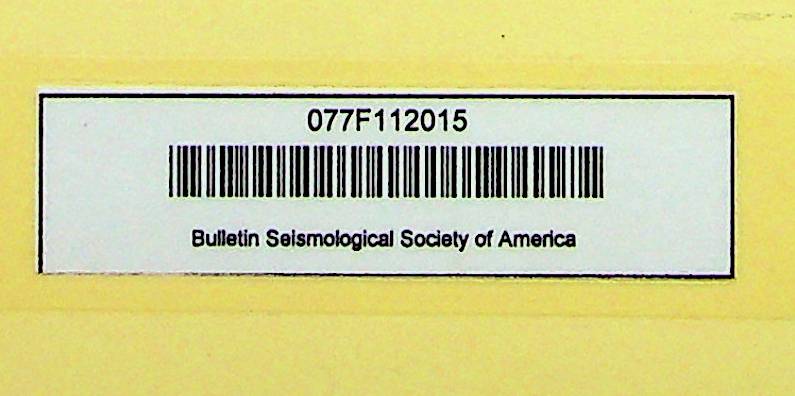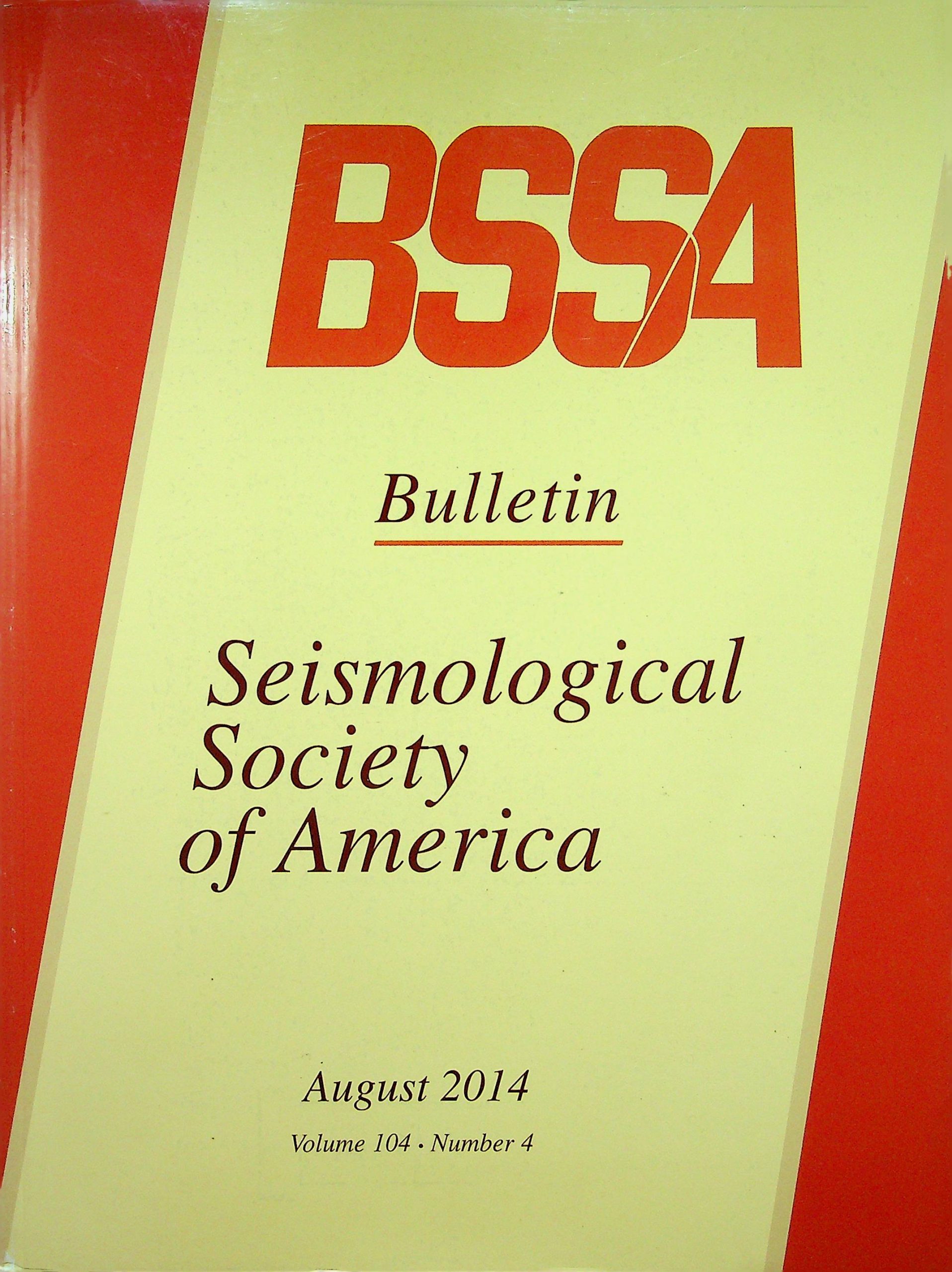Abstract In this study, we investigate the 14 September 1988 U.S.-Soviet Joint Verification Experiment nuclear test at the Semipalatinsk test site in eastern Kazakhstan and two nuclear explosions conducted less than 10 years later at the Chinese Lop Nor test site. These events were very sparsely recorded by stations located within 1600 km, and in each case only three or four stations were available in the regional distance range. We have utilized a regional distance seismic waveform methodfitting long-period, complete, three-component waveforms jointly with first-motion observations from regional stations and teleseismic arrays. The combination of long-period waveforms and first-motion observations provides a unique discrimination of these sparsely recorded events in the context of the Hudson et al. (1989) source-type diagram. We demonstrate through a series of jackknife tests and sensitivity analyses that the source type of the explosions is well constrained. One event, a 1996 Lop Nor shaft explosion, displays large Love waves and possibly reversed Rayleigh waves at one station, indicative of a large F-factor. We show the combination of long-period waveforms and P-wave first motions are able to discriminate this event as explosion-like and distinct from earthquakes and collapses. We further demonstrate the behavior of network sensitivity solutions for models of tectonic release and spall-based tensile damage over a range of F-factors and K’-factors.
Buku lain-lain
-
No Scan185
-
No Klasifikasi-
-
ISBN
-
ISSN
-
No Registrasi077F112015
-
Lokasi Terbit
-
Jumlah Hal41
-
Label-
-
Versi DigitalTIDAK
-
Versi FisikTIDAK
-
Lokasi Rak Buku Fisik//
-
Jumlah Exemplar Fisik Tersedia-





